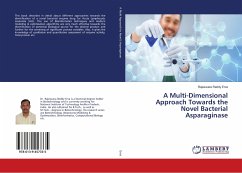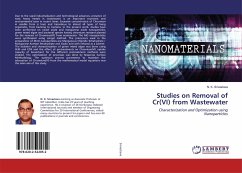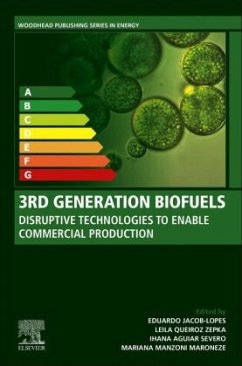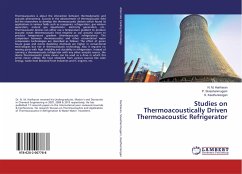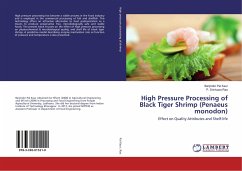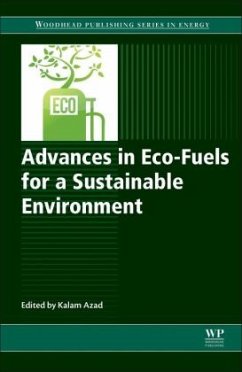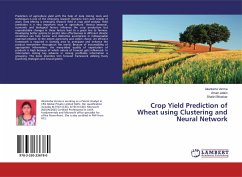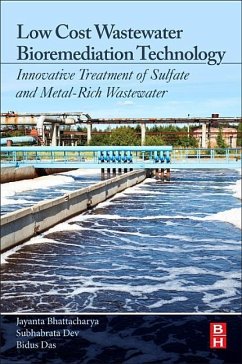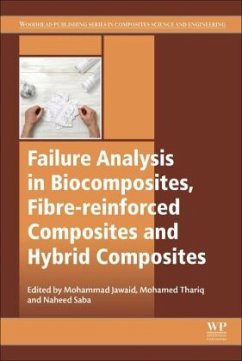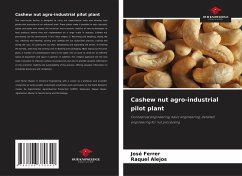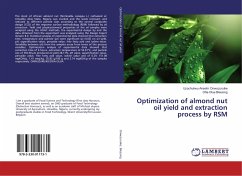
Optimization of almond nut oil yield and extraction process by RSM
Versandkostenfrei!
Versandfertig in 6-10 Tagen
27,99 €
inkl. MwSt.

PAYBACK Punkte
14 °P sammeln!
The stock of African almond nut (Terminallia catappa L.) cultivated at Umudike Abia State, Nigeria was cracked and the seeds removed, and reduced to different particle sizes according to the central composite design (CCD) of the response surface methodology (RSM) followed by oil extraction. Yield and physicochemical properties of the oil samples were analyzed using the AOAC methods, the experimental design by and the data obtained from the experiment was analyzed using the Design Expert Version 8.0. Statistical analysis of experimental data showed that extraction time, temperature and particle...
The stock of African almond nut (Terminallia catappa L.) cultivated at Umudike Abia State, Nigeria was cracked and the seeds removed, and reduced to different particle sizes according to the central composite design (CCD) of the response surface methodology (RSM) followed by oil extraction. Yield and physicochemical properties of the oil samples were analyzed using the AOAC methods, the experimental design by and the data obtained from the experiment was analyzed using the Design Expert Version 8.0. Statistical analysis of experimental data showed that extraction time, temperature and particle size were significant (p0.05) on oil yield, pH, saponification value, peroxide value, free fatty acid and iodine value. Variability between oils from the samples arose from terms of the process variables. Optimization analysis of experimental data showed that extraction time of 6 hours, extraction temperature of 54.61ºC, and particle size of 355.00 µm produced oil yield 28.17%, pH value, saponification value, peroxide value, free fatty acid value, iodine value and of 6.29, 151.08 mgKOH/g, 1.41 meq/kg, 35.82 g/100 g and 2.74 mgKOH/g of the samples respectively. ONWUZURUIKK/OFIA-OLUA



